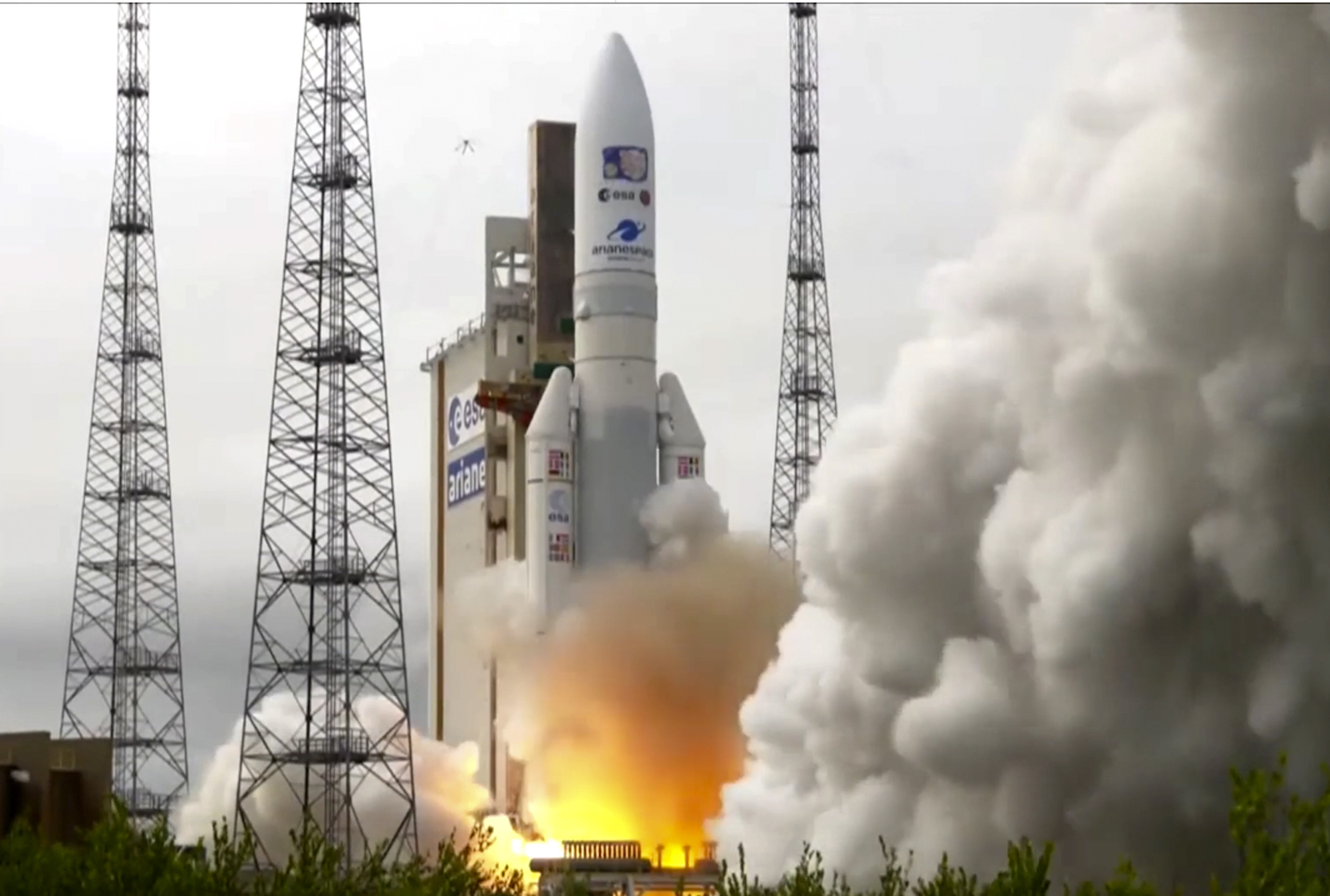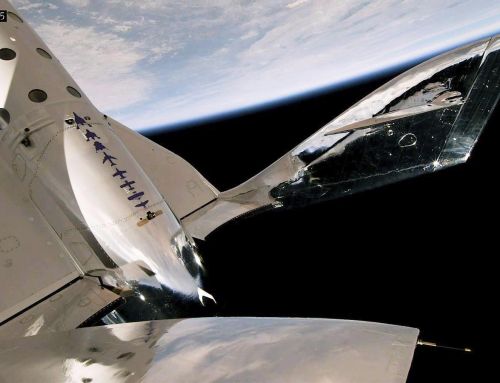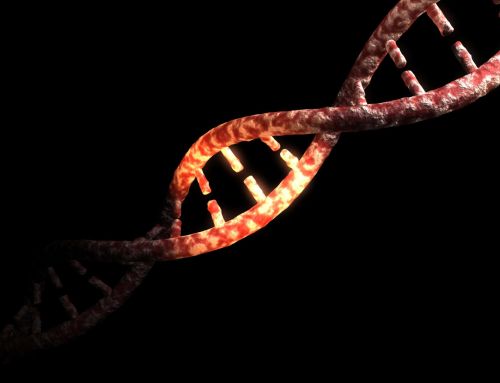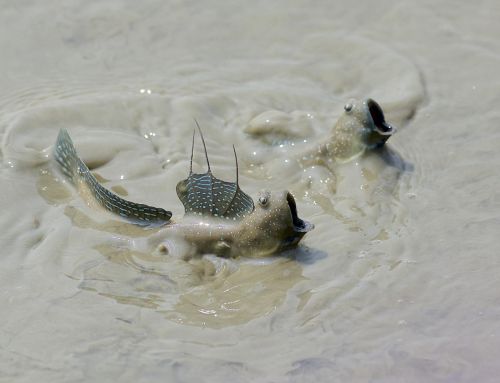A European spacecraft is on its way to Jupiter in a mission to explore whether its ocean-bearing moons can support life.
The six-tonne probe, named Juice (Jupiter Icy Moons Explorer), blasted off on an Ariane 5 rocket on Friday at 1.14pm UK time from the European spaceport in Kourou, French Guiana.
Juice was due to take off on Thursday but weather conditions showed there was a risk of lightning.
The spacecraft is now making a 4.1 billion-mile journey which will take more than eight years.
Onboard are 10 scientific instruments, which will investigate whether the gas giant’s three moons – Callisto, Europa and Ganymede – can support life in its oceans.
Josef Aschbacher, director general of the European Space Agency (ESA), said: “ESA, with its international partners, is on its way to Jupiter.
“Juice’s spectacular launch carries with it the vision and ambition of those who conceived the mission decades ago, the skill and passion of everyone who has built this incredible machine, the drive of our flight operations team, and the curiosity of the global science community.
“Together, we will keep pushing the boundaries of science and exploration in order to answer humankind’s biggest questions.”
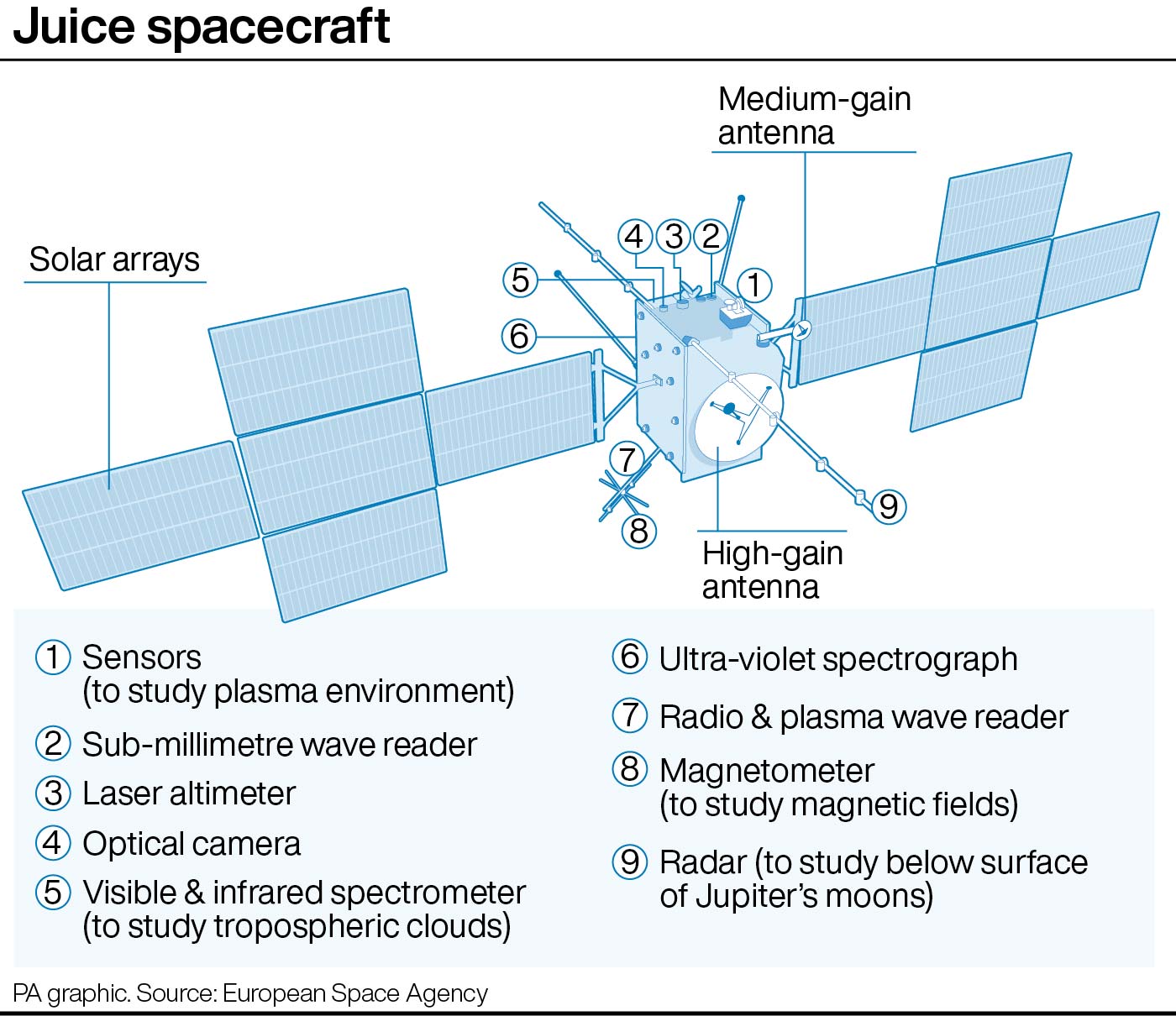
Professor Leigh N Fletcher, from the University of Leicester’s school of physics and astronomy, who has been involved in the Juice mission since 2008, described the launch as a “heart-stopping moment”.
Prof Fletcher, who watched the launch from the European Space Operations Centre (ESOC) in Darmstadt, Germany, said: “What an amazing, heart-stopping moment to watch the launch from here in ESOC, alongside colleagues who were dreaming of a mission to Jupiter for the last 15 years.
“My heart is still pounding, huge smiles around this room, and such an outburst of emotion after the disappointment of yesterday’s delay.”
Professor Andrew Coates, of the Mullard Space Science Laboratory at University College London, is a co-investigator on two of Juice’s 10 scientific instruments: PEP, which will gather data on the atoms surrounding Jupiter and its moons, and Janus, the spacecraft’s optical camera system.
He said: “It’s so exciting to see Juice safely on its way to Jupiter, so far so good, a great launch on Ariane 5, and all nominal so far with separation confirmed!
We have #AcquisitionOfSignal from #ESAJuice!
The spacecraft has said its first words from its new home in space, captured by our New Norcia ground station in Western Australia. @ESA_Juice, we hear you loud and clear.
#AoS https://t.co/wYDS3AAgrb pic.twitter.com/n1cr8JNWvb
— ESA Operations (@esaoperations) April 14, 2023
“We can’t wait to start exploring Jupiter’s magnetosphere in 2031, look at Europa, Ganymede and Callisto during flybys, and orbit Ganymede in 2034.
“We are privileged to have helped define the mission and to be part of the PEP and Janus teams.”
Meanwhile Dr Chiaki Crews, research fellow at The Open University, who has also been involved in testing the Janus, said: “We’re delighted and relieved to see that Juice has launched successfully, and it’s exciting to think that the Janus camera’s sensor that once sat in a clean room at the Open University is on board the spacecraft!”
The UK Space Agency has invested £9 million in the mission.
Scientists from Imperial College London have led the development of one instrument, known as the magnetometer.
Called J-MAG, it will measure the characteristics of magnetic fields of Jupiter and Ganymede – the only moon known to produce its own magnetic field.
Juice will perform a manoeuvre known as gravitational assist, where it will use the gravity of Earth and Venus to slingshot toward Jupiter.
At its destination, the spacecraft will spend at least three years making detailed studies of Jupiter, Ganymede, Europa and Callisto.
Our incredible #Ariane5 has just lifted off from @EuropeSpacePort! 🚀#VA260 #DestinationJupiter #ESAJuice@ESA_JUICE @esa @esascience @AirbusSpace @ArianeGroup @Ariane5 @CNES @EuropeSpacePort pic.twitter.com/MKoSvxVe1t
— Arianespace (@Arianespace) April 14, 2023
Juice is not equipped to search for signs of life but its aim is to explore the conditions that could support life.
Beneath the ice crust of Europa is thought to lie a huge ocean of liquid water, containing twice as much water as Earth’s oceans combined.
But scientists are more interested in Ganymede, Jupiter’s largest moon, which is thought to have a salty ocean beneath its icy shell.
One of Juice’s key goals is to explore this body of water and determine whether this world may be habitable.
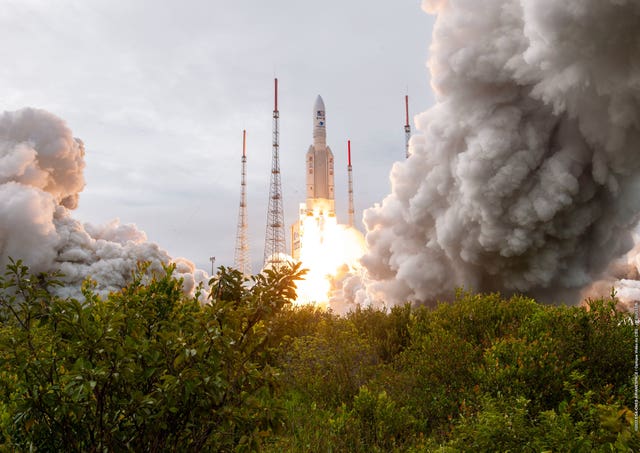
Data gathered from the J-MAG instrument will help characterise the depth and salt content of Ganymede’s ocean.
Juice has been built to withstand harsh radiation and extreme conditions, ranging from 250C around Venus to minus 230C near Jupiter.
Sensitive electronics are protected inside a pair of lead-lined vaults within the body of the spacecraft.
If all goes well, Juice should reach Jupiter in July 2031 and will have enough fuel to make 35 flybys of the icy moons before orbiting Ganymede from December 2034.
Once the spacecraft runs out of fuel, Juice will perform a controlled crash into Ganymede, marking the end of the £14 billion mission.
